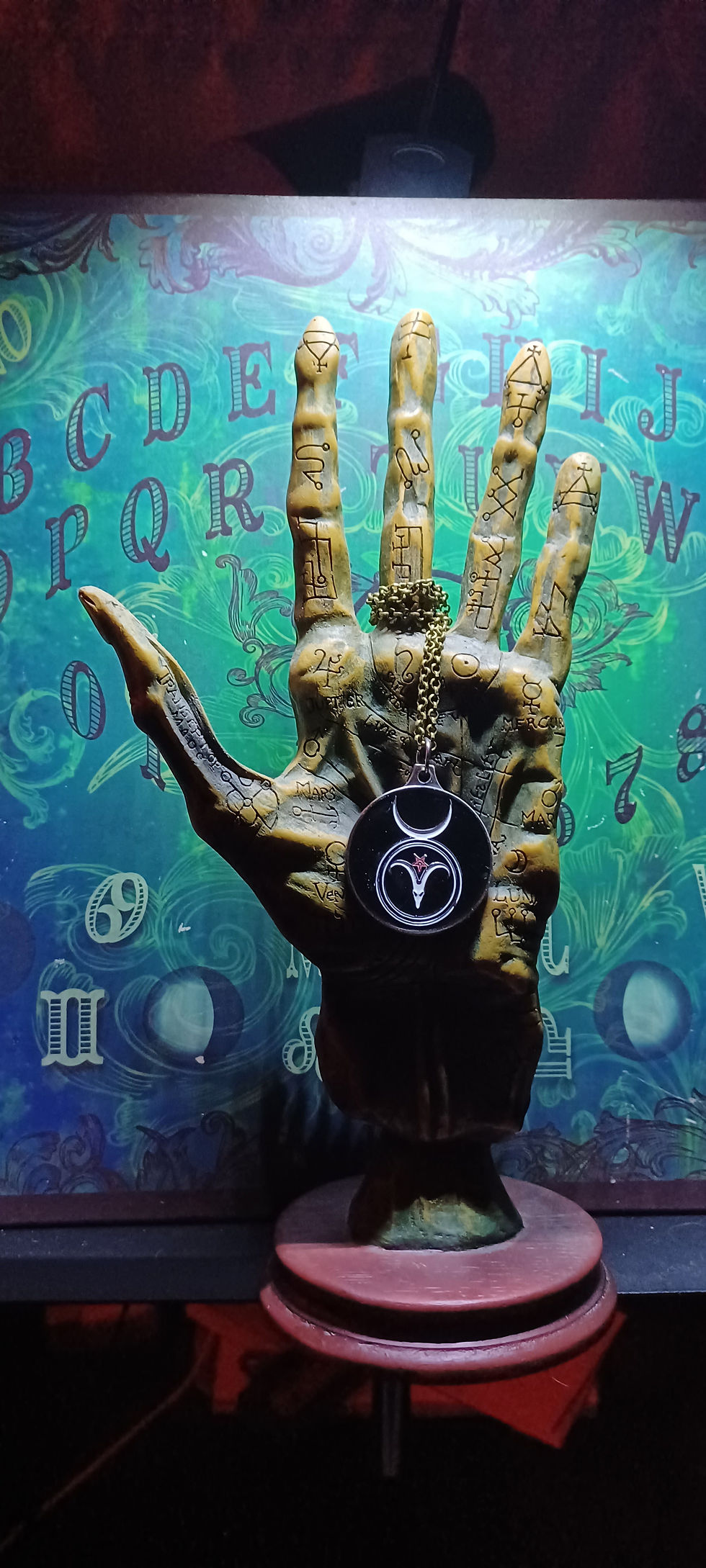THE MAJIQAL ART 0F PRAYER
- Etu Malku

- May 24, 2024
- 3 min read

Prayer has become a "lost" magical art. It has been reduced to rote recitations or simple wish-making. Ancient Egyptians and Heka: The ancient Egyptians were pioneers in understanding the power of the spoken Word. Their practice of Heka, or vibrational magic, was more than mere incantation; it was a sophisticated system that intertwined sound, vibration, and intention. The Egyptians believed that words had the power to alter reality when properly spoken, as they resonated with the cosmic order. This belief was embedded in their use of Affirmations, which were essentially prayers designed to align the individual with universal principles.
Logos and Cosmic Order: The concept of Logos, originating from Greek philosophy, refers to the divine reason implicit in the cosmos, ordering it and giving it form and meaning. In the context of prayer, engaging with Logos means entering a dialogue with the part of the Self that can create and shape reality. This aligns with the Egyptian understanding of aligning with cosmic principles to manifest desires.
The Mechanism of Prayer
Visualization and Emotional Energy: At the heart of effective prayer is the practice of visualization. By creating a vivid mental image of the desired outcome, the practitioner channels emotional and mental energy towards that goal. This concentrated focus energizes the intention, making it more potent.
Grounding Through Vocalization: Vocalization serves to ground the mental and emotional energies in the physical realm. The act of speaking the words aloud transforms abstract thoughts into tangible vibrations, bridging the gap between the spiritual and physical worlds.
The Power of the Word: Words carry vibrations that can influence the environment. This is why the choice of words, their pronunciation, and the intent behind them are crucial in magical practices. The ancients believed that the right words, spoken with the right intention, could realign the elements of the universe to bring about the desired change.
Incantations and Neuroplasticity
The Role of Incantations: Incantations work on a similar principle as prayers but often with a more immediate focus on manifesting specific changes. The Latin root of "incantation" underscores the importance of inner singing or resonating with one's inner truth. By repeatedly chanting these incantations, the practitioner strengthens their intention and harnesses their inner power.
Neuroplasticity and Suggestion: Modern science explains the effectiveness of prayer and incantations through the concept of neuroplasticity—the brain's ability to reorganize itself by forming new neural connections. When a person engages in focused prayer or incantation, they are effectively reprogramming their brain to align with their intentions. This repeated focus creates new pathways in the brain, making the desired outcome more likely to manifest.
The Role of the Shaman or Priest
Historical Perspective: Traditionally, shamans, priests, or sorcerers were seen as intermediaries between the spiritual and physical worlds. Their specialized knowledge and training enabled them to perform prayers and incantations with greater efficacy. They were believed to possess a unique connection to the divine or spiritual realms, allowing them to manifest changes in objective reality.
Illocutionary Force: In linguistics, illocutionary force refers to the intention behind a statement that brings about a certain effect. In magical practices, this concept translates to the power of the spoken Word to enact change. When a shaman or priest delivers a prayer or incantation, they imbue it with illocutionary force, transforming words into actions that alter reality.
Conclusion
Prayer, when understood in its original context, is a powerful tool for manifesting change. By combining visualization, emotional energy, and vocalization, and aligning these with cosmic principles, practitioners can tap into a profound source of power. This process, deeply rooted in ancient practices and supported by modern understandings of neuroplasticity and illocutionary force, underscores the timeless and universal nature of the art of prayer.


